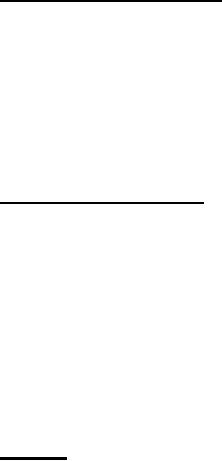 |
|||
|
|
|||
| ||||||||||
|
|  MIL-M-63333(AR)
4.6.5 Rigidity, post-vibration. Conduct this test subsequent to
vibration, and prior to the examination for physical failure resulting from
vibration. Position the mounting plate assembly with the mount on the line of
sight test stand as in 4.6.3. View through the telescope and observe from
coincidence of the real and reflected images of the telescope reticle lines.
Any lack of coincidence between real and reflected images shall not exceed the
tolerance specified in 3.7.3, as measured with the angle reading telescope.
For this test, the angle reading telescope micrometer knobs setting
established in 4.6.3 shall be used as the zero line of sight setting
(coincidence of real and reflected images).
4.6.6 Mounting repeatability. Position the mount on the testing
equipment as specified in 4.6.3. Install the body assembly device in the
mount. View through the telescope and establish coincidence of the real and
reflected images of the telescope reticle lines, if necessary. Record the
readings of the telescope micrometer knobs. Remove the body assembly device
from the mount, then re-assemble the body assembly device to the mount, a
minimum of 3 times. Coincidence of the real and reflected images shall be
verified after each re-assembly of the body assembly-device to the mount. Any
lack of coincidence of the real and reflected images resulting from this
removal and re-assembling of the body assembly device to the mount shall be
measured and recorded. The mount shall conform to the requirements of 3.7.2,
as determined by the recorded values obtained at each re-assembly of the body
assembly device to the mount.
4.6.7 Sealing. The special testing equipment conforming to 4.5.2.3.1
shall be utilized in this test. During this test, the mount shall be
positioned as specified in 3.4. Insert the head assembly device into the
mount and mask the interior cavity of the Mount Assembly 11834835 to prevent
water penetration (vertical splash) into the area of the mount below the
Gasket 10513302 during the rain test. All electrical or mechanical connec-
tions not utilized and which are normally protected in service, shall also be
adequately sealed against moisture penetration. The mount shall then be
subjected to the rain test in accordance with Procedure I of MIL-F-13926,
except that when the direction of the rainfall is varied to 45 degrees from
the vertical, it shall be aimed so as to strike the head assembly device.
Immediately following the specified exposure, the external surfaces of the
mount and head assembly device shall be dried by compressed air or blotting
with water absorbing material. Remove the mask from the interior cavity of
the mount assembly and observe for any water penetration. Remove the head
assembly device and visually inpsect the device and interior surfaces of the
mount assembly, below the Gasket 10513302, for evidence of water penetration.
The mount assembly shall conform to the requirements of 3.6.
11
|
|
Privacy Statement - Press Release - Copyright Information. - Contact Us |